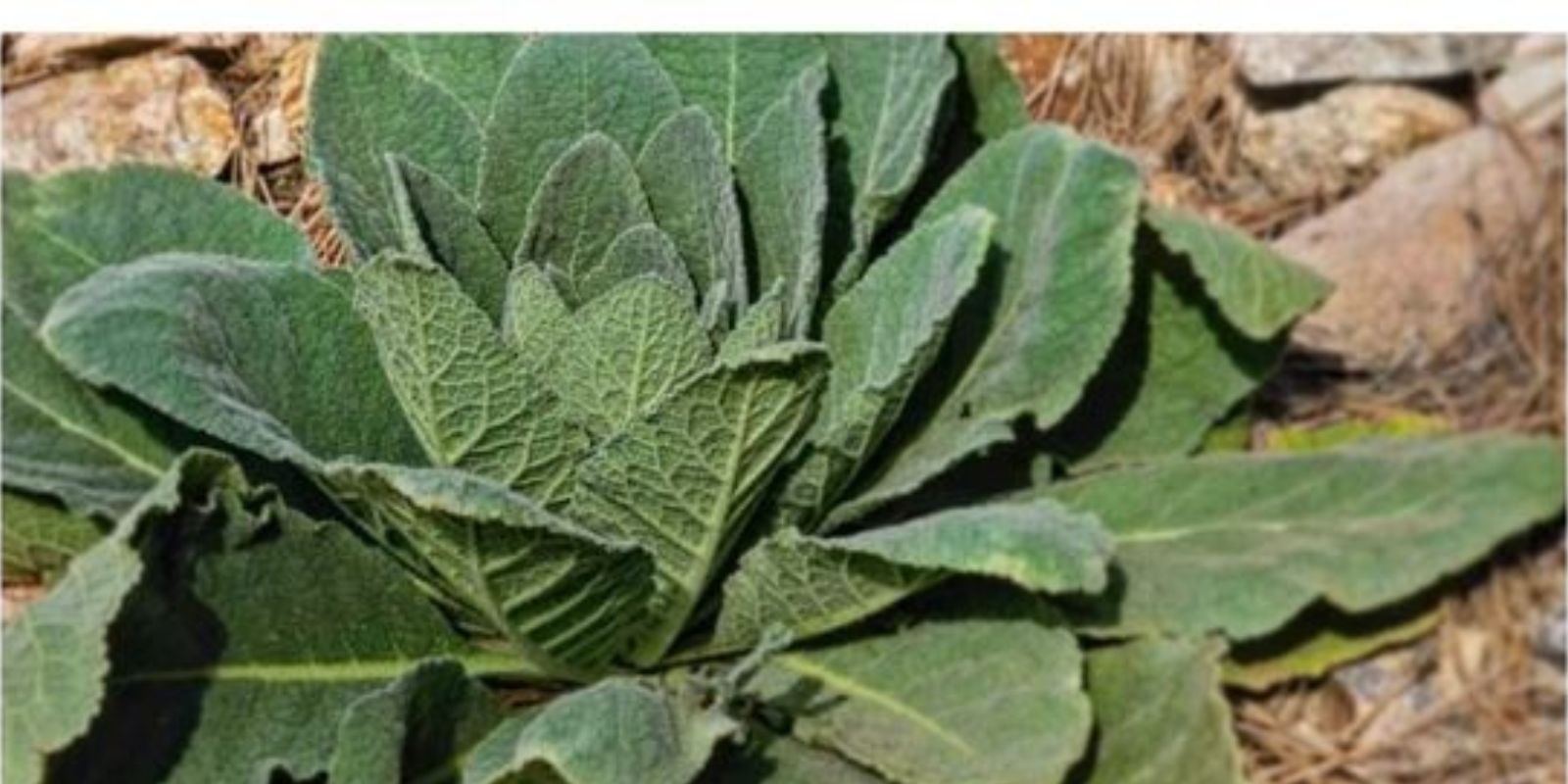In the vast world of plants, some stand out for their extraordinary healing properties. One such plant is celebrated for its potential to treat various ailments and improve overall health. This guide will walk you through the essential steps to harness the benefits of this miraculous plant, from identification to storage.
Introduction to the Miraculous Plant
The plant in question is renowned for its impressive therapeutic qualities, often referred to as one of nature’s most potent remedies. While the specific plant can vary, many medicinal plants share common characteristics that contribute to their healing prowess. This guide focuses on how to prepare and use such a plant effectively.
Step 1: Identifying the Plant
The first step in utilizing this miraculous plant is to correctly identify it. Look for distinguishing features that set it apart from other plants. These features may include:
- Leaf Shape and Size: The leaves often have a unique shape and size specific to the plant species.
- Color and Texture: The plant’s color and texture can help confirm its identity. Some plants have glossy or textured leaves.
- Growth Habit: Note the plant’s growth habit, whether it is a shrub, herb, or vine.
It’s essential to accurately identify the plant to ensure you are using the correct species. Misidentification can lead to ineffective results or, in rare cases, adverse effects.
Step 2: Harvesting the Plant
Once you’ve identified the plant, it’s time to harvest it. Proper harvesting techniques are crucial to maintaining the plant’s medicinal properties. Here’s how to do it:
- Select Healthy Parts: Choose the healthiest and most vibrant parts of the plant, typically the leaves or stems. Avoid any parts that appear wilted or diseased.
- Use Clean Tools: Use clean, sharp scissors or pruning shears to avoid contaminating the plant. This ensures that the harvested parts are free from pathogens.
- Handle with Care: Gently handle the plant to prevent bruising or damage, which can reduce its medicinal efficacy.
Step 3: Preparing for Drying
To preserve the plant’s healing properties, proper preparation before drying is essential. Follow these steps:
- Wash the Plant: Rinse the harvested plant parts under cold water to remove any dirt or debris. Pat them dry with a clean towel.
- Remove Excess Water: Ensure the plant parts are not too wet before drying, as excess moisture can lead to mold growth.
Step 4: Drying the Plant
Drying the plant correctly is vital to retaining its medicinal benefits. Here’s how to do it:
- Avoid Direct Sunlight: Spread the plant parts in a well-ventilated, shaded area. Direct sunlight can degrade some of the plant’s valuable compounds.
- Use a Drying Rack: Place the plant parts on a drying rack or a clean cloth in a single layer to ensure even drying. Avoid overlapping the parts to prevent mold growth.
- Check Regularly: Monitor the drying process regularly to ensure the plant parts are drying evenly. It may take several days to weeks for complete drying, depending on the plant and environmental conditions.
Step 5: Storing the Dried Plant
Proper storage of the dried plant is crucial for maintaining its potency. Follow these tips:
- Use Airtight Containers: Store the dried plant in airtight containers to protect it from moisture and contaminants. Glass jars or plastic containers with tight-sealing lids work well.
- Keep in a Cool, Dark Place: Place the containers in a cool, dark location away from direct sunlight and heat sources. This helps preserve the plant’s essential oils and compounds.
- Label the Containers: Clearly label the containers with the plant’s name and the date of drying. This helps keep track of its freshness and usage.
Step 6: Using the Plant
Once dried and stored, the plant can be used in various ways depending on its medicinal properties:
- Teas and Infusions: Many medicinal plants can be brewed into teas or infusions. Follow recommended guidelines for dosage and preparation.
- Topical Applications: Some plants can be used in topical treatments, such as ointments or poultices. Ensure the plant is suitable for external use.
- Powders and Capsules: Grind the dried plant into a powder and use it in capsules or as a supplement. This method is often used for plants with concentrated benefits.
Motivation: Embrace the Healing Power
By following these steps, you can effectively utilize this miraculous plant and unlock its healing potential. Embracing natural remedies offers a way to enhance your health and well-being, providing a connection to age-old practices and the benefits of nature’s pharmacy. Share this knowledge with friends and family, and experience the remarkable difference these plants can make in your life.
In summary, the plant you see in the picture is more than just a beautiful addition to your garden or home; it is a powerful ally in promoting health and wellness. By carefully identifying, harvesting, drying, and storing it, you can enjoy its benefits for years to come. Embrace the power of nature and witness the transformative effects it can have on your life. 🌿✨

